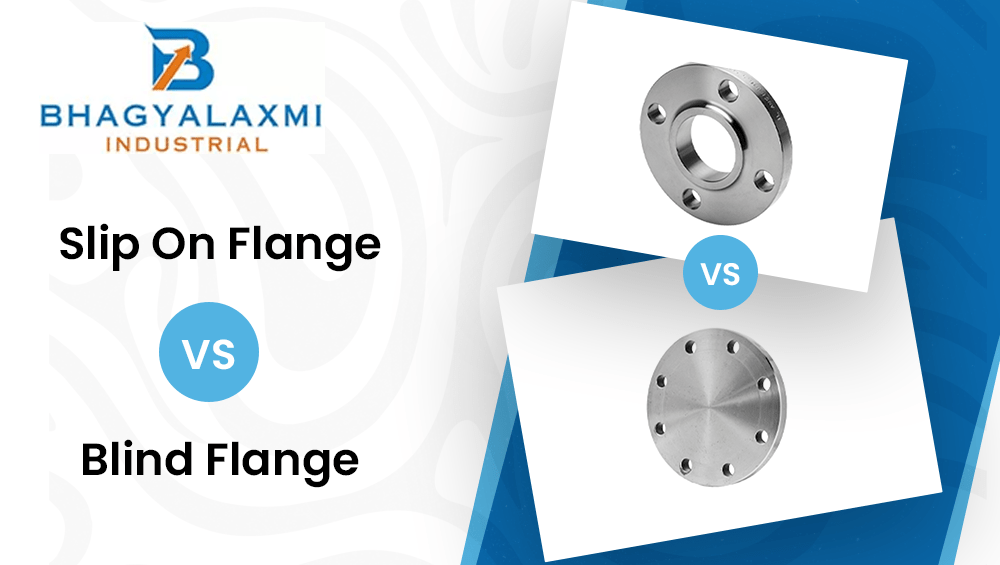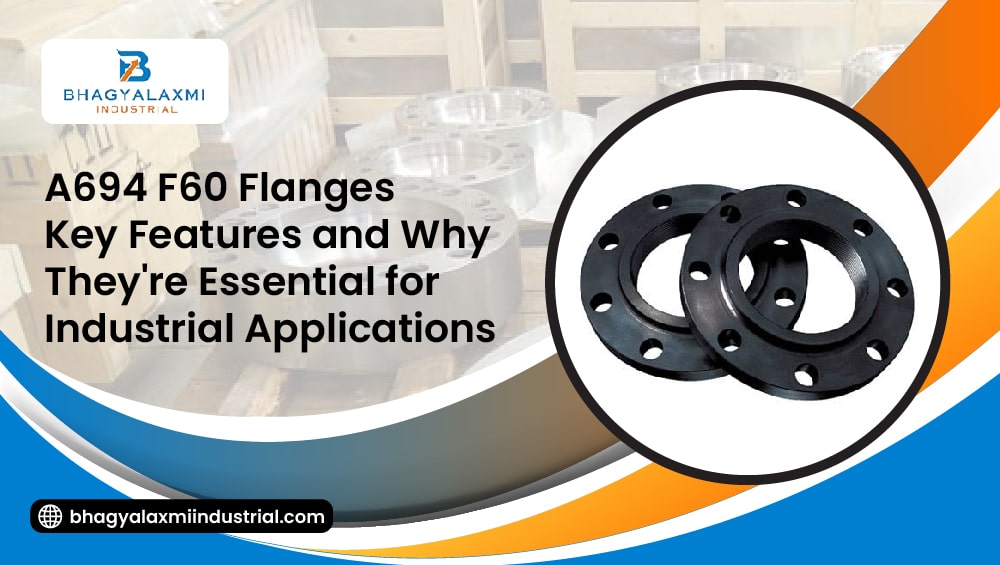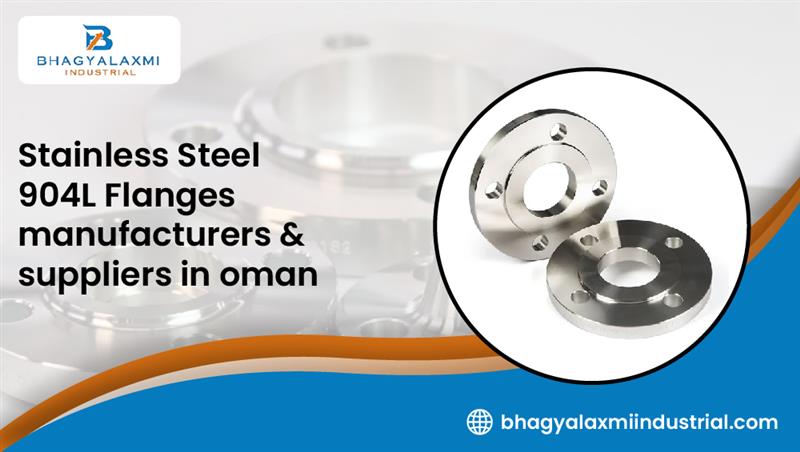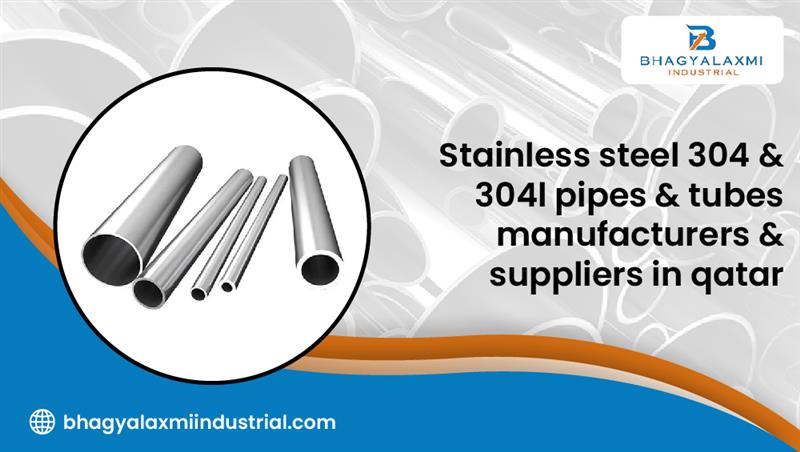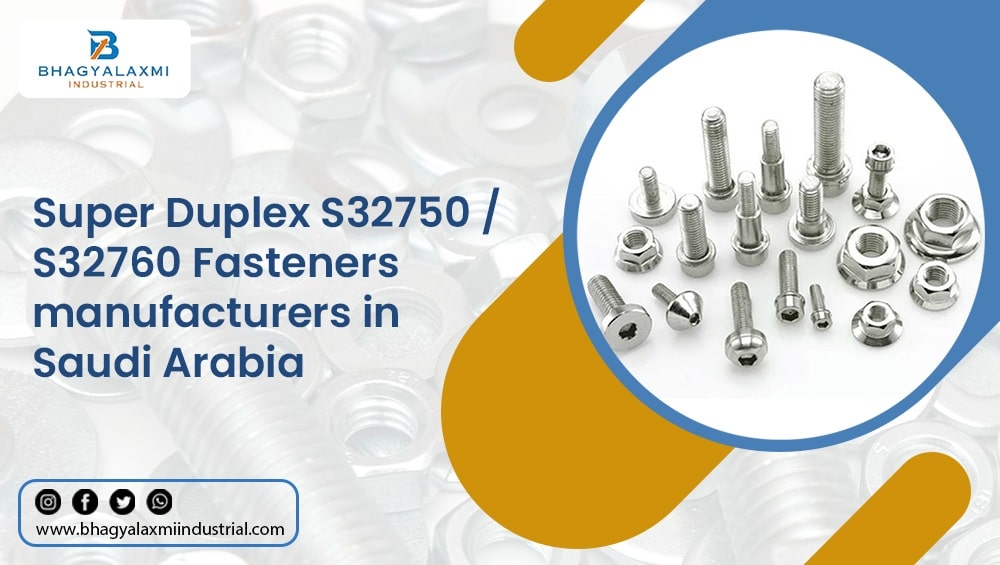In the giant world of piping and plumbing, flanges play an important role in connecting pipes, valves, pumps, and other systems. Two of the most commonly used flanges are the slip-on flange and the blind flange. Both have unique characteristics and programs, making them essential additives in numerous business setups. This article delves into the information of slip-on flanges and blind flanges, evaluating their features, advantages, dangers, and use, with the aim of helping you select the proper flange for your particular desires.
What is a Slip-On Flange?
A slip-on flange is a kind of flange that slips over the top of a pipe. The pipe is then welded both outside and inside to provide power and prevent leakage. Slip-on flanges are famous due to their low price and ease of setup. They are commonly utilized in lower-pressure programs in which welding is sufficient to ensure a stable connection.
Features of Slip-On Flanges
- Ease of Installation: Slip-on flanges are less complicated to install compared to other styles of flanges. They do not now require unique cutting of the pipe.
- Cost-Effective: They are commonly cheaper than different forms of flanges, each in terms of material fee and set-up exertions.
- Flexibility: These flanges are appropriate for a number of programs and may accommodate a variety of pipe sizes.
- Welding Requirement: Requires welding on the inside and outside of the flange to make sure it a stable and healthy and prevents leakage.
Applications of Slip-On Flanges
Slip-on flanges are used in quite a few industries due to their versatility. Some commonplace programs encompass:
- Low-stress fluid systems
- Gas and oil pipelines
- Firefighting water lines
- Cooling water traces
- Industrial water strains
What is a Blind Flange?
A blind flange is a form of flange that doesn’t have a bore. Essentially, it’s miles used to close the quit of a pipe, valve, or stress vessel. Blind flanges are appropriate for high-strain packages and are normally used to stop the drift in a piping device.
Features of Blind Flanges
- Sealing Capability: Blind flanges are terrific at providing a seal and preventing the glide of fluids or gasses.
- Pressure Handling: They are designed to resist excessive pressure and pressure from inner stress and bolt tightening.
- Testing: Blind flanges are regularly used for trying out the strain capability of a pipeline system.
- Maintenance: They allow easy admission to the pipe for maintenance, inspection, and cleansing.
Applications of Blind Flanges
Blind flanges are used in conditions wherein the stop of a pipe or valve desires to be sealed. Common programs consist of:
- High-stress fluid systems
- Isolation of piping segments
- Closure of stress vessel openings
- Testing the glide ability of piping systems
- Temporary sealing in the course of maintenance or upkeep
Comparison Between Slip-On Flange and Blind Flange
Design and Structure
- Slip-On Flange: Designed to slip over the pipe, requiring welding on both facets to stabilize the relationship.
- Blind Flange: A solid flange used to close off a pipe, without a bore and does not want to slip over a pipe.
Installation
- Slip-On Flange: Easier and faster to put in. Requires welding on the inside and outside of the flange.
- Blind Flange: Installation includes bolting the flange to the pipe, which can be time-consuming but doesn’t require welding.
Cost
- Slip-On Flange: Generally extra cost-effective both in phrases of fabric and hard work charges.
- Blind Flange: This may be extra highly-priced because of the need for stronger materials to deal with higher strain.
Pressure Handling
- Slip-On Flange: Suitable for low to medium-stress packages.
- Blind Flange: Can manage high stress and is frequently used in excessive-strain applications.
Maintenance
- Slip-On Flange: Easier to put in but may also require extra effort for maintenance because of the welding concerned.
- Blind Flange: Easier to dispose of and replace, facilitating easier maintenance and inspection.
Versatility
- Slip-On Flange: Versatile and may be utilized in a number of packages.
- Blind Flange: Primarily used for sealing off ends of pipes and excessive-pressure applications.
Material Selection for Slip-On and Blind Flanges
Both slip-on flanges and blind flanges can be fabricated from quite a few substances, depending on the precise requirements of the application. Common substances include:
- Stainless Steel: Offers outstanding corrosion resistance and electricity.
- Carbon Steel: Known for its sturdiness and price effectiveness.
- Alloy Steel: Provides more desirable mechanical residences and resistance to corrosion and warmth.
- Duplex and Super Duplex Steel: Combines excessive energy with exquisite corrosion resistance.
- Nickel Alloys: Ideal for high-temperature and high-corrosion environments.
- Titanium: Lightweight, robust, and quite proof against corrosion.
- Inconel and Hastelloy: High-overall performance alloys that face up to extreme situations.
- Monel: Strong and corrosion-resistant, appropriate for marine packages.
- Cupro Nickel: Known for its great resistance to seawater corrosion.
Advantages and Disadvantages
Slip-On Flange
Advantages:
- Easy to align and set up.
- Cost-effective answer for low-stress programs.
- Less accurate pipe cutting is required.
Disadvantages:
- Requires welding, which may be a drawback in a few scenarios.
- Not appropriate for high-strain packages.
Blind Flange
Advantages:
- Can handle high pressure and stress.
- Provides a dependable seal for testing and isolation functions.
- Easy to dispose of for renovation and inspection.
Disadvantages:
- Typically more costly than slip-on flanges.
- Installation may be greater time-consuming because of bolting.
Choosing Between a Slip-On Flange and a Blind Flange
The desire for a slip-on flange and a blind flange relies upon numerous elements, including:
- Pressure Requirements: For excessive-stress packages, a blind flange is frequently the higher desire. Slip-on flanges are extra appropriate for low to medium stress.
- Cost Considerations: Slip-on flanges are commonly extra cost-powerful, each in phrases of cloth and installation.
- Ease of Installation and Maintenance: Slip-on flanges are less difficult to install, whilst blind flanges provide simpler access for upkeep and inspection.
- Application Type: Blind flanges are essential for sealing off ends and isolation purposes, while slip-on flanges are flexible for connecting pipes in various configurations.
Conclusion
In summary, both slip-on flanges and blind flanges serve vital roles in piping structures, each with its specific advantages and programs. Slip-on flanges offer a cost-powerful and easy-to-deploy answer for low to medium-pressure packages, making them a popular choice in diverse industries. On the opposite hand, blind flanges are fundamental for high-stress programs, presenting dependable sealing and easy right of entry for protection.
When deciding between those two kinds of flanges, it’s vital to take into account the unique requirements of your utility, such as pressure, value, setup, and protection desires. For expert recommendations and extraordinary merchandise, consider reaching out to a dependent provider.
Bhagyalaxmi Industrial is an exquisite manufacturer, dealer, stockist, provider, and exporter of an extensive range of piping products, which includes slip-on flanges and blind flanges. With a commitment to high quality and client pride, Bhagyalaxmi Industrial guarantees that its products meet international requirements and are to be had in various specs to fit your needs. For dependable and superior piping answers, contact Bhagyalaxmi Industrial today.

